41 whitetail deer anatomy diagram
Every deer hunter wants quick, clean, and humane kills. Aiming for the deer vitals is the surest way to do that. Whether you hunt mule deer or whitetail deer, as an ethical hunter, achieving a quick kill is the ultimate goal when it comes time to loose an arrow or pull the trigger.. All you have to do is aim for the deer's vitals.Simple right? white-tailed deer hunting than is gener-ated by any other wildlife species. Many, if not most, deer hunters and deer managers want to harvest bucks with large antlers. Antler size and corresponding antler score typically increase as a buck ages. In many areas, buck age is the factor that most limits antler size of male white-tailed deer
More About Deer Anatomy. Wisconsin's Norman Johnson and Alabama's Dr. Phillip Bishop are two experts in this subject matter, and I've had the pleasure of working closely with both of them to help educate millions of whitetail bowhunters on the nuances and associated science connected with femoral artery wounds in deer.. In his work with D&DH, Johnson reminds us of how the upper ...

Whitetail deer anatomy diagram
Whitetail Deer Vitals Diagram. Deer Vitals If you were to draw imaginary lines across a deer's body from chest to tail, the deer's heart would be found in the bottom third. When I got a bit older I learned the specifics of whitetail anatomy. Cleaving a deer's vitals with a razor-sharp broadhead delivers a quick. A little deer anatomy and shot placement lesson can go a long way. There are obviously several places you can shoot a deer to kill it, but if you're interested in a quick, humane kill with a minimal or nonexistent tracking job, and a loss of minimal amount of meat, then read on for a super easy method for ideal shot placement. Whitetail Deer Eye Study White paper by Dennis Behn - Sculptor McKenzie Taxidermy Supply - Committed to the Industry ... Leading Through Innovation 1 800 279-7985 • www.mckenzietaxidermy.com I. Anatomy II. Some Eye Basics ... Diagram 1 Diagram 2 Diagram 3 Diagram 4 Caruncle Lacrimal (tear duct) Sclera Limbus Pupil Iris Nictitating Membrane ...
Whitetail deer anatomy diagram. The White Tailed Deer skeletal system provides protection, support and movement. It is also a source of calcium and and red blood cells for the body as it is made of bones, similar to the human skeletal system. Evolutionists believe the ancestors of the deer originally had five toes on each of their feet. The deer could be "filling up" inside with blood, showing very little external. The Whitetail Deer Anatomy Diagram can become your reference when thinking of about Anatomy Diagram. After showing this Whitetail Deer Anatomy Diagram, we can guarantee to inspire you. For right now we gather some photos of Whitetail Deer Anatomy . There are now countless resources for learning a deer's anatomy. Many of those resources have "borrowed" an illustration that we posted on Realtree.com years ago, because that illustration accurately shows where the vitals truly sit within a whitetail's chest, shoulder bones included. White-tailed deer are polygamous and a big buck will mate with many doe, but the doe will only court one buck, occasionally a doe will have more than one mate. Deer reproduce sexually and there is internal fertilization. Female deer will nurse their young several times a day until the fawns are strong enough to join the herd.
Woods, a noted whitetail biologist, did much of his deer-control work on golf courses. There, shots usually ranged between 200 and 300 yards. His first choice was the double-shoulder shot, with a .308 round entering a shoulder blade on one side, slamming through the body and into the far shoulder blade. Deer anatomy is important before and after the shot; knowing where to shoot a deer, best shot placement, and understanding the blood trail are all benefits of understanding deer anatomy. Understanding these concepts is essential for deer hunters in order to make ethical shots that put deer down quickly and to make the right deer recovery ... Sep 11, 2015 - Explore Sharon Rist's board "Deer Anatomy" on Pinterest. See more ideas about deer, anatomy, animals. Deer have about 32 teeth, which include 8 incisors, 12 pre-molars, and 12 molars. It is rare for a deer to have canine teeth. Deer biologists commonly estimate the animal's age by the wear on its teeth. Whitetail deer are ruminants, which mean that they have a four-chambered stomach.
May 06, · Whitetail Deer Vitals Diagram Regardless of whether you shoot a $1, bow or a $ bow there is one thing I think we can all agree on and that is shot placement is key. Although my current hunting rig is a higher end rig, my backup rig would fit nicely on display in an archery museum. Deer Shot Placement Shot Placement for Downing a ... Woods, a well-known biologist for whitetail, did a great deal of his work on golf courses to control deer. Usually shots ranged from 200 to 300 yards. His first choice was a double-shoulder shot, with a.308 round slamming through the body and into the far shoulder blade on one side. Whitetail Deer Shot Placement - Quartering Away Deer Anatomy The quartering away shot can be a pretty easy shot to pull off, as long as the deer isn't totally angled away from you. A great way to make this shot effective is by aiming a little bit farther back on the deer, at the same intersection of lines, and taking the shot. Anatomy of an Antler Mon, January 10, 2011. The whitetail deer's annual cycle of antler growth usually begins in spring when new antlers begin to develop. Antlers begin to grow out of the pedicle, which is attached to the buck's skull. Growth of new antlers in the spring is a result photoperiod: increasing length of daylight.
The four sections of a deer's stomach are the rumen, the reticulum, the omasum, and the abomasum. First, the food goes into the rumen which stores 8 to 9 quarts of unchewed food and acts as a fermentation vat. Most of the digestion occurs in this area of the stomach. Deer depend on billions of microorganisms that live in its stomach.
Learning the Anatomy of a Whitetail Deer should be your first priority.The illustrations below are courtesy of Dr. Wayne Trimm. Please use them to make yourself and others knowledgeable of Whitetail Deer Anatomy before you go afield. Knowing the Anatomy of the Whitetail Deer before you go afield is very important for you the hunter.
White-tailed Deer Skull Diagram and Labeling. The average white-tailed deer skull is about 11.5 inches long and 4.5 inches wide. The skull is made up of the cranial bones (cranium) and the facial bones (which include the mandible). The joints of the cranial and facial bones are called sutures.
Cabela's Pro Staff member Aaron Warbritton explains deer anatomy and how to drop a buck based on certain areas of his body. Aaron discusses the differences b...
http://www.deeranddeerhunting.com Deer Talk Now. You shoot a deer during the hunting season. You think your shot is a little off — gut shot, liver shot, but ...
If you're hoping to make a clean, ethical shot while deer hunting, this deer anatomy breakdown is sure to help.. Most deer hunters know what they are shooting at when they aim at a whitetail deer. However, when it comes to deer anatomy, it shouldn't always be looked at that simply.. A couple inches too high or too low might be the difference between recovering a deer steps away from where it ...
If the deer's tongue is hanging outside its mouth, push it back in its mouth. Wipe any debris or excess blood that is visible to the camera off the deer E. Move the deer to a nearby spot where you will be able to field dress the animal comfortably. Whenever moving your deer, be sure to use care in preventing lower back or abdominal injuries.
Circulatory and Respiratory Systems. There are three important organs of the deer's circulatory system--the heart, lungs, and spleen. Whitetail Deer, like most mammals, have a four chamber heart which circulates blood through the circulatory system. It transfers oxygen and nutriants throughout the body and carries away carbon monoxide and waste ...
Antlers. Male deer have antlers on top of their head as part of their anatomy. Although rare, it is also possible for a doe to grow antlers occasionally. A whitetail's antlers are actually live tissue that are composed of bone. A deer's antlers hold the distinction of having the fastest growing tissue of all animals.
The result is a first-ever chance to shoot an arrow into one side of a deer and then go around to the other side to see both the path the arrow took and which internal organs it pierced en route. The material used in constructing the soft organs is self-healing, so it will last for a significant number of shots.
Sep 11, 2015 - Just a few diagrams of deer anatomy from another forum:
The deer will usually go down in less than 125 yards. Give the deer 30 minutes before tracking. * A heart-shot deer will sometimes jump wildly when hit. The blood trail may be sparse for the first 20 yards or so. A heart shot deer may track as much as a quarter of a mile, depending on what part of the heart is damaged. The usual is less than ...
Whitetail Deer Eye Study White paper by Dennis Behn - Sculptor McKenzie Taxidermy Supply - Committed to the Industry ... Leading Through Innovation 1 800 279-7985 • www.mckenzietaxidermy.com I. Anatomy II. Some Eye Basics ... Diagram 1 Diagram 2 Diagram 3 Diagram 4 Caruncle Lacrimal (tear duct) Sclera Limbus Pupil Iris Nictitating Membrane ...
A little deer anatomy and shot placement lesson can go a long way. There are obviously several places you can shoot a deer to kill it, but if you're interested in a quick, humane kill with a minimal or nonexistent tracking job, and a loss of minimal amount of meat, then read on for a super easy method for ideal shot placement.
Whitetail Deer Vitals Diagram. Deer Vitals If you were to draw imaginary lines across a deer's body from chest to tail, the deer's heart would be found in the bottom third. When I got a bit older I learned the specifics of whitetail anatomy. Cleaving a deer's vitals with a razor-sharp broadhead delivers a quick.

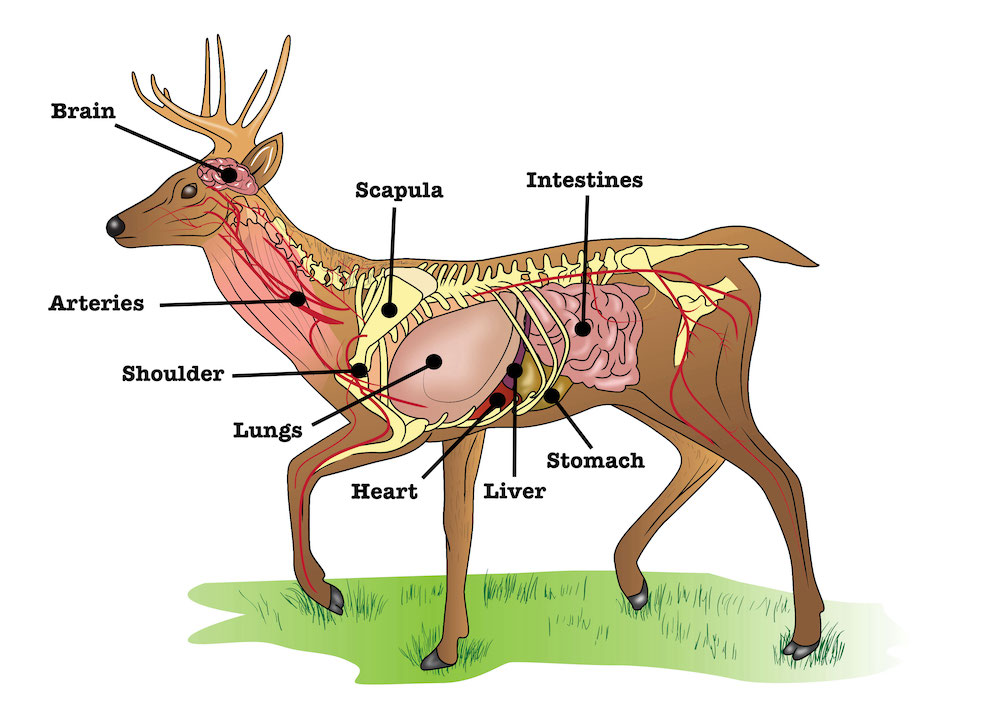


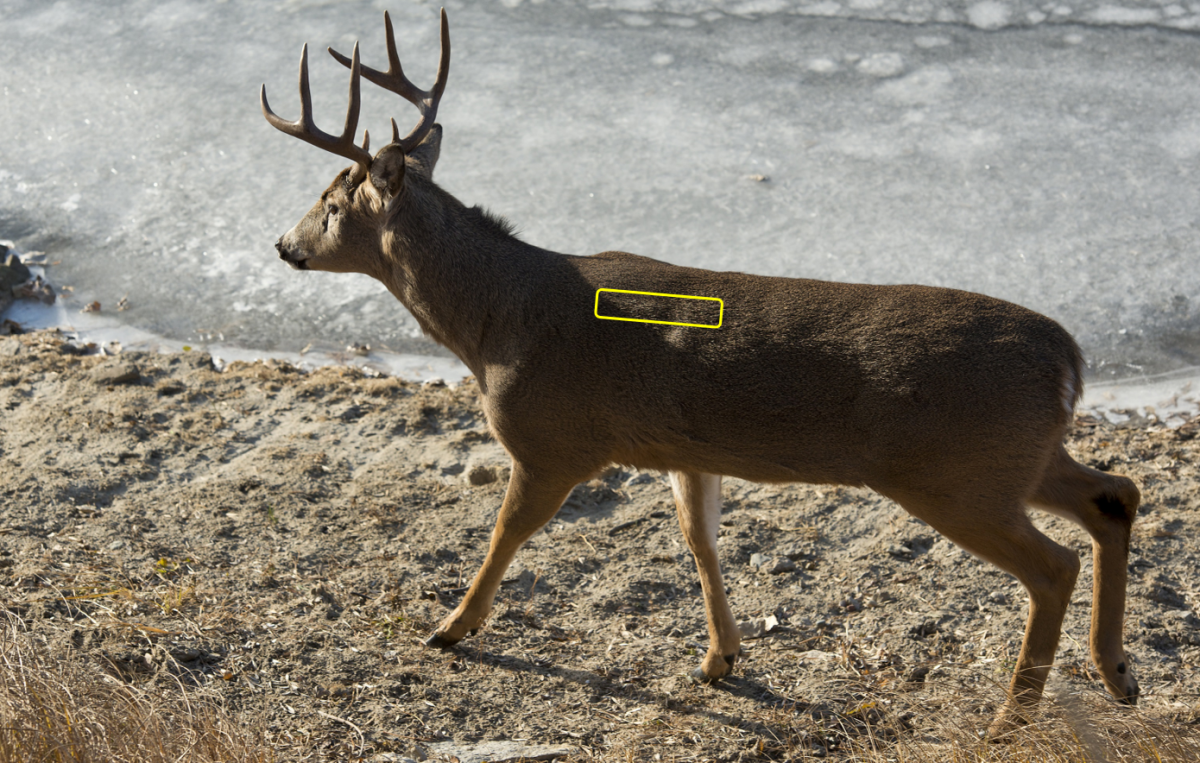


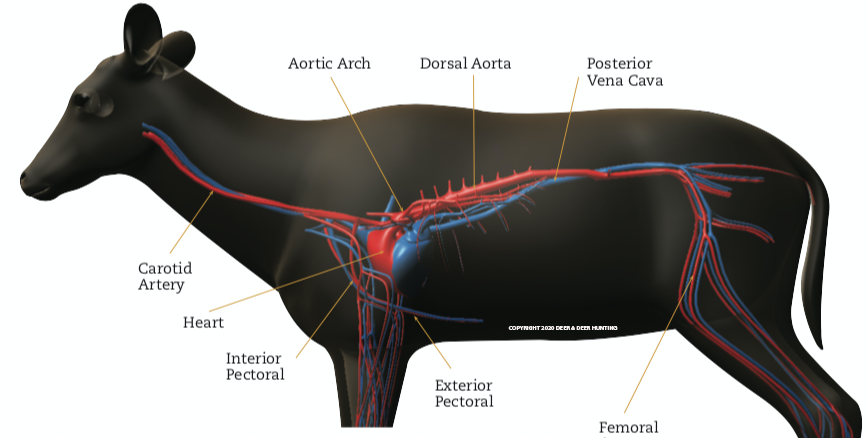
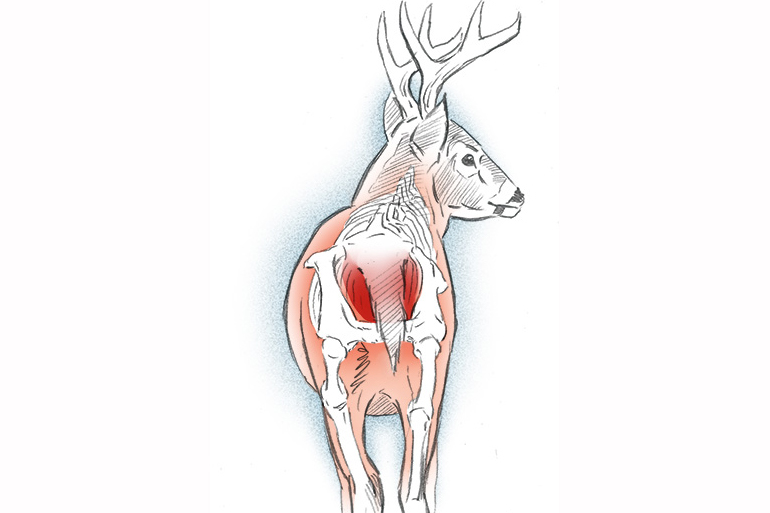
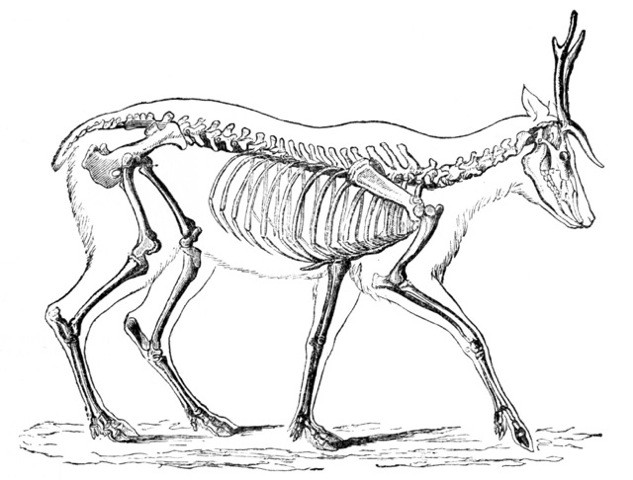


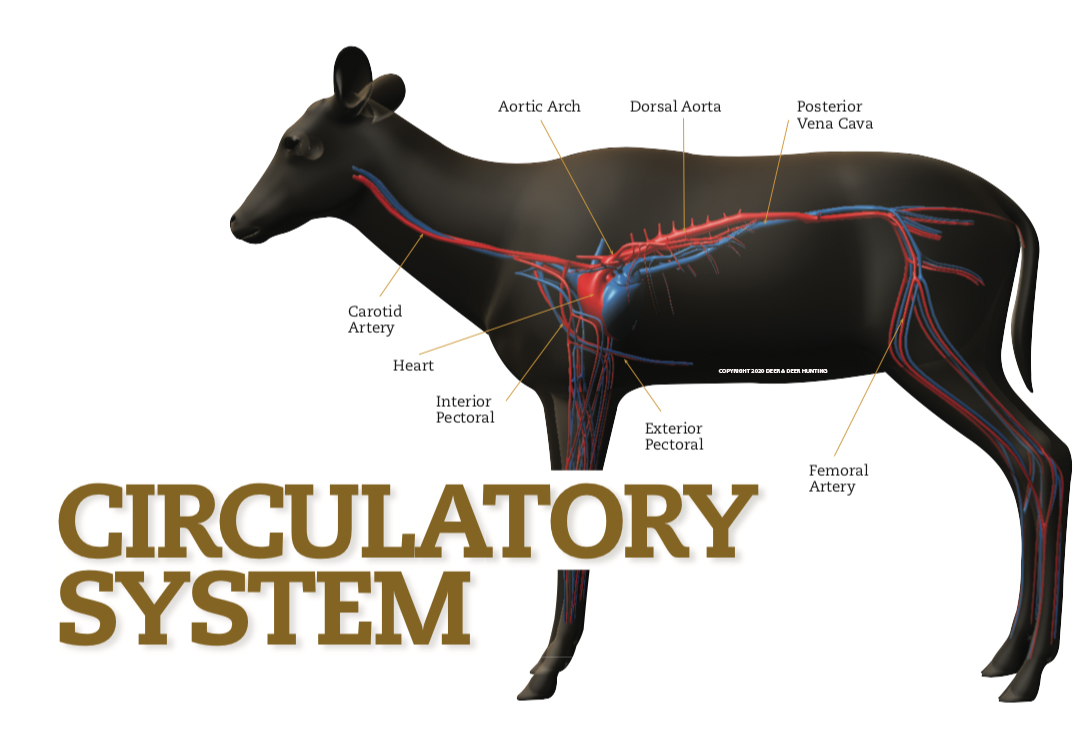





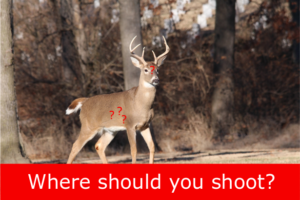
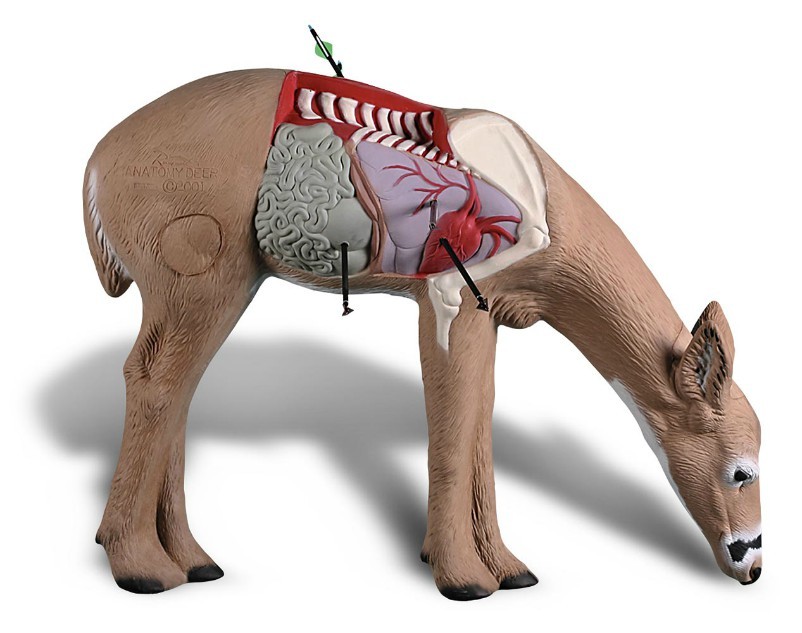
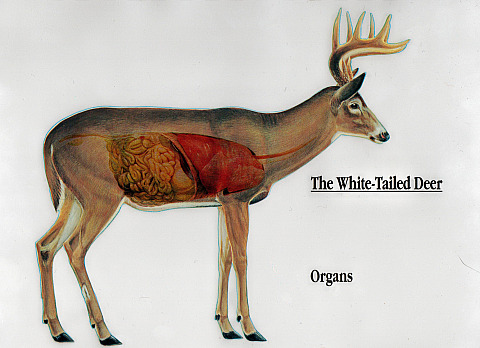
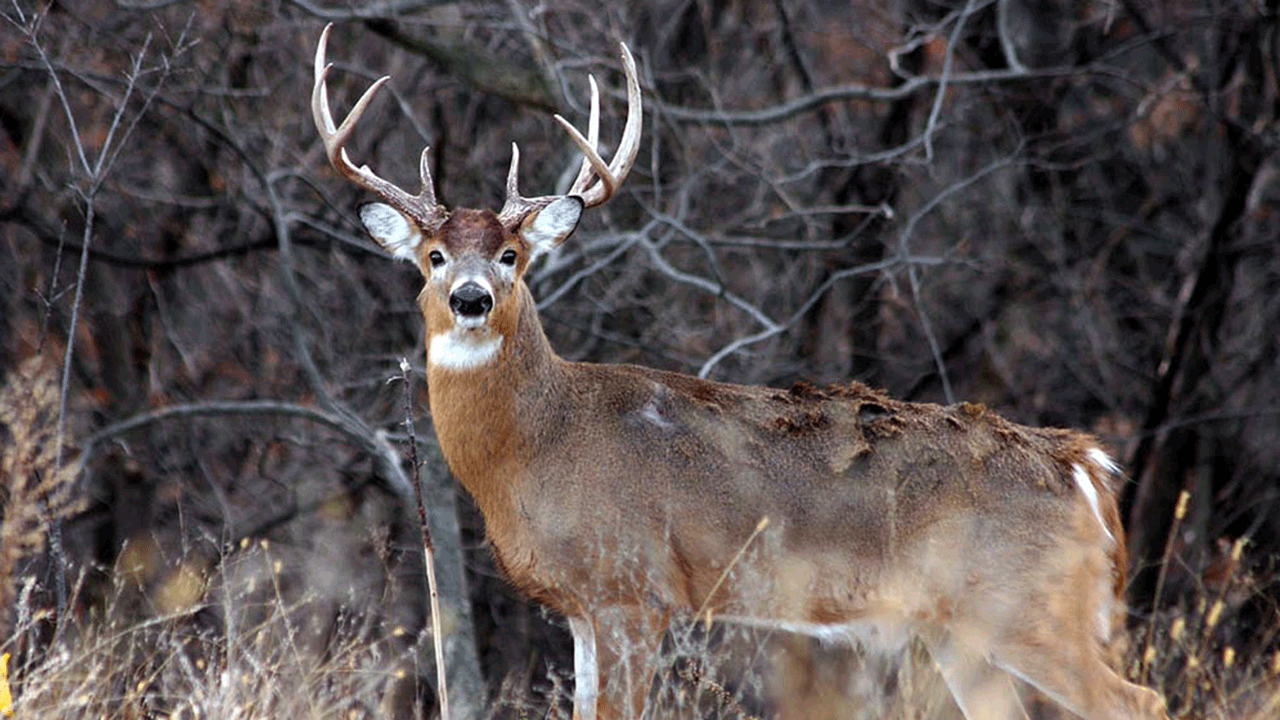



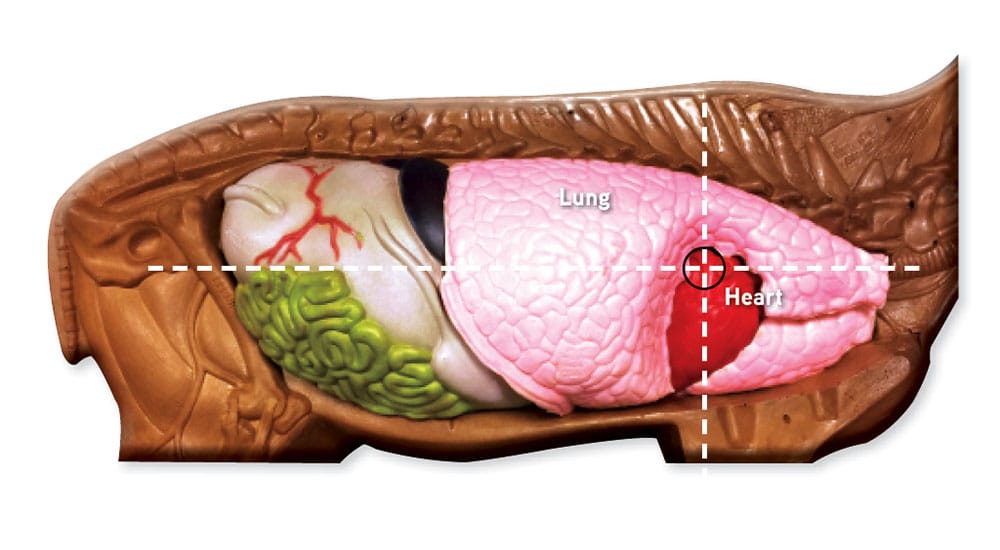

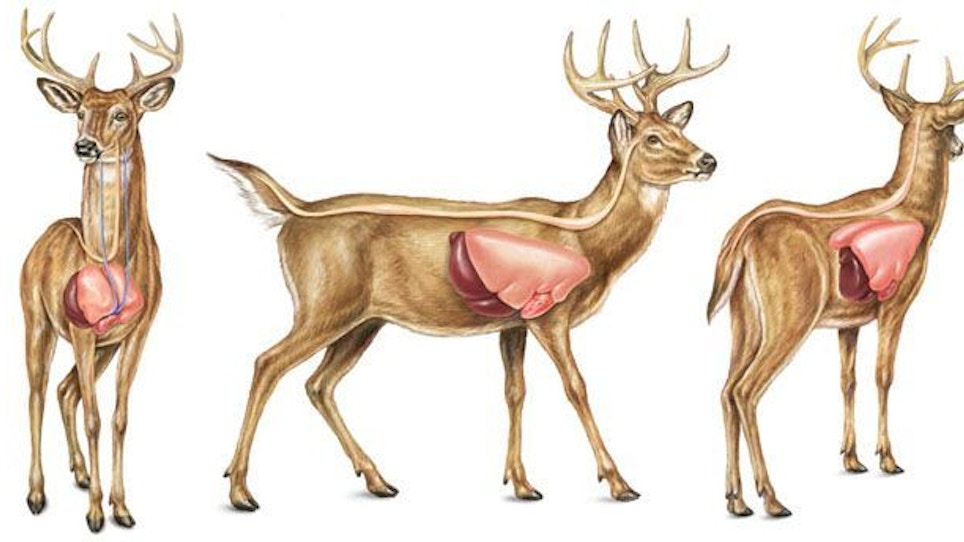
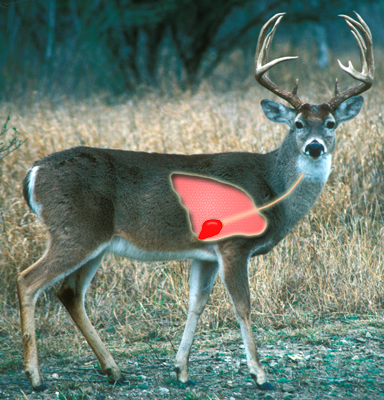

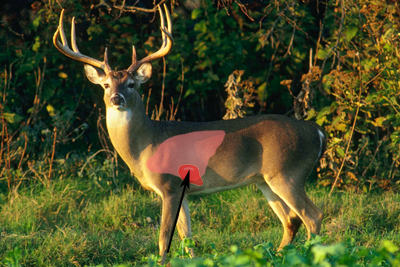
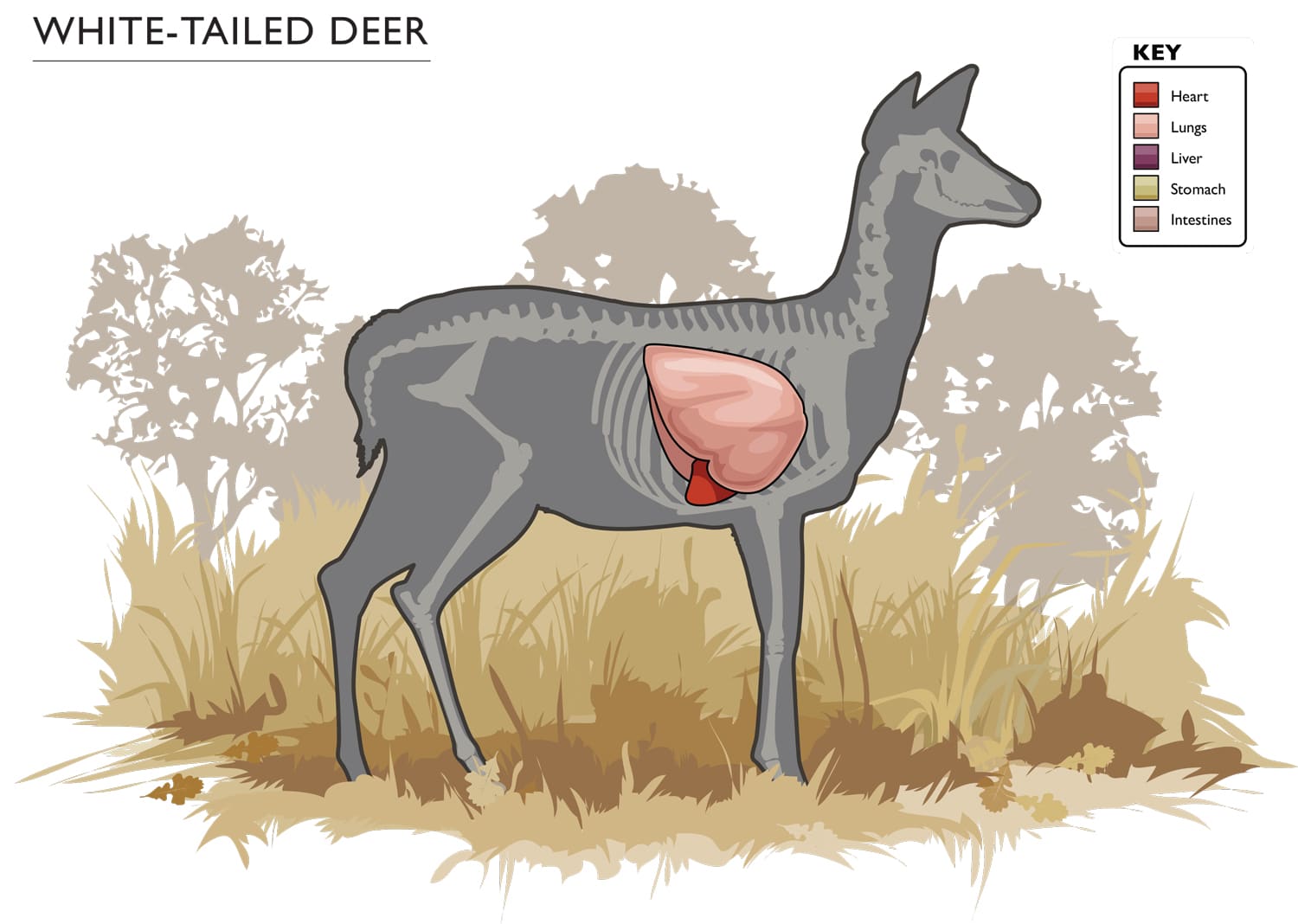


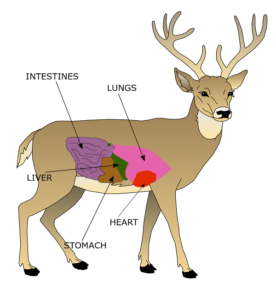
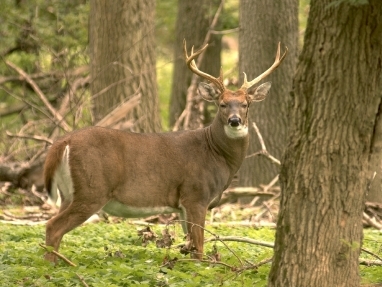
0 Response to "41 whitetail deer anatomy diagram"
Post a Comment